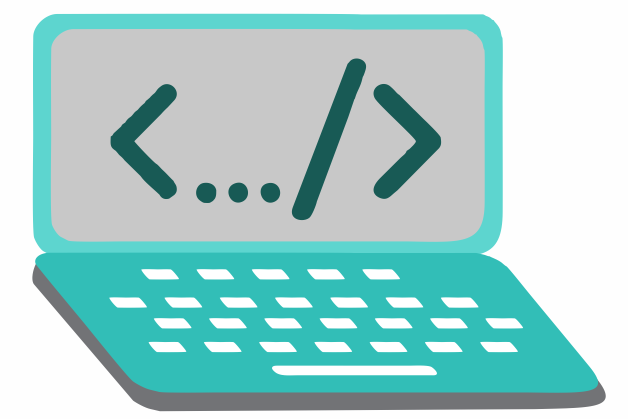Matomo is an open-source web analytics platform that provides detailed insights into website traffic and user behavior.
Service URL: matomo.org (opens in a new window)
_pk_id
Used to store a few details about the user such as the unique visitor ID
13 months
_pk_ref
Used to store the attribution information, the referrer initially used to visit the website
6 months
_pk_ses
Short lived cookies used to temporarily store data for the visit
30 minutes
_pk_cvar
Short lcts data on visitors behavior and interaction - This is used to optimize the website and make advertisement on the website more relevant.
3 years
_pk_hsr
Short lived cookies used to temporarily store data for the visit
30 minutes
_pk_testcookie
Cookie is created and should be then directly deleted (used to check whether the visitor’s browser supports cookies)
session
mtm_consent
Cookie is created with no expiry date to forever remember that consent was given by the user.
forever
mtm_consent_removed
Cookie is used to store the user consent preference
forever
mtm_cookie_consent
Cookie is used to store the user consent preference
forever
matomo_ignore
cookie will be a third party cookie. This cookie does not contain personal information or any ID and the cookie value is the same for all visitors)
30 years
matomo_sessid
when you use the opt-out feature (this is called a nonce and helps prevent CSRF security issues)
14 days





